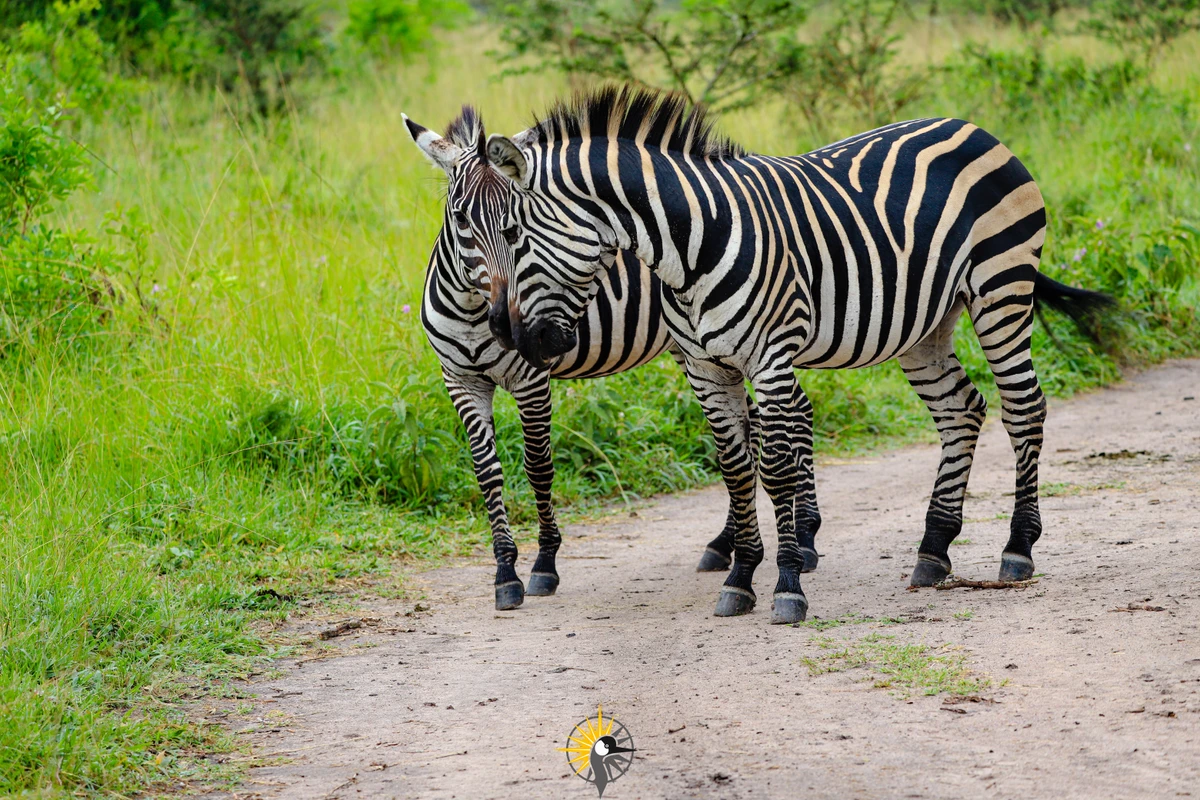East Africa is a dream destination for wildlife enthusiasts, offering an unparalleled opportunity to witness iconic animals in their natural habitats. Among these is the zebra, a captivating creature whose striking stripes and vibrant social behavior make it a safari favorite. In East Africa, zebras thrive in diverse ecosystems ranging from savannas to mountainous landscapes. Visitors to this region are guaranteed unforgettable encounters with these fascinating animals.
Plains Zebras
The Plains Zebra (Equus quagga) is the most common zebra species and thrives across East Africa’s grasslands and savannas. These zebras are a staple of the East African safari experience, often seen grazing in large herds or mingling with wildebeests and antelopes.
In Kenya, the Masai Mara National Reserve is a prime location to observe Plains Zebras. This reserve is especially famous for the Great Migration, where thousands of zebras join wildebeests in an epic trek that captivates nature enthusiasts worldwide. Similarly, Tanzania’s Serengeti National Park offers unparalleled opportunities to witness these striped grazers in vast open landscapes. For a more intimate experience, Uganda’s Lake Mburo National Park is a serene setting where zebras roam freely, often close to water bodies or acacia woodlands.
Grevy’s Zebras
The Grevy’s Zebra (Equus grevyi), with its narrow stripes and large ears, is a rare gem in East Africa’s wildlife. Found primarily in northern Kenya and parts of Ethiopia, this endangered species prefers semi-arid regions and is less social than its Plains counterpart.
One of the best places to see Grevy’s Zebras is Samburu National Reserve in Kenya. The rugged, arid terrain of Samburu provides the perfect backdrop for photographing these unique animals. Another exceptional destination is Meru National Park, a lesser-known but equally rewarding site where visitors can observe Grevy’s Zebras alongside other wildlife, such as elephants and lions.
Conservation efforts
Conservation plays a vital role in ensuring the survival of East Africa’s zebra populations, particularly the endangered Grevy’s Zebra. Threats such as habitat loss, human-wildlife conflict, and poaching have put these animals at risk.
Kenya has emerged as a leader in zebra conservation, with organizations like the Grevy’s Zebra Trust taking proactive measures to protect this species. Community engagement is a cornerstone of these efforts, with local residents participating in habitat monitoring, anti-poaching patrols, and educational campaigns. Protected areas such as Samburu National Reserve and national parks across East Africa also serve as safe havens for zebras, enforcing strict wildlife protection laws and promoting sustainable tourism practices.
Visiting The Zebra
Seeing the zebra in its natural environment is more than a wildlife encounter—it’s a deep connection to the rhythms of the wild. Zebras are integral to East Africa’s iconic Great Migration, a spectacle where they join millions of wildebeests and other animals on a perilous journey across the Mara River. Watching herds of zebras navigate predators and challenging terrains is a highlight for many safari-goers.
To plan a memorable safari, visitors can explore East Africa year-round, though the dry season from June to October offers the best game viewing conditions. During this time, animals gather near water sources, making it easier to spot zebras and other wildlife. Travelers seeking a more secluded experience can venture to parks like Lake Mburo in Uganda or Meru in Kenya, where the scenery is equally breathtaking but less crowded.
Supporting conservation through tourism
Traveling to see zebras in East Africa goes beyond personal enjoyment—it directly supports conservation. Entrance fees to national parks and reserves help fund anti-poaching efforts, habitat restoration, and community development projects. Additionally, many safari operators partner with local communities to promote eco-tourism, ensuring that tourism benefits both people and wildlife.
By visiting East Africa, travelers become part of a larger effort to preserve these incredible animals and their habitats. Watching zebras roam freely in the wild is not only a privilege but also a reminder of the delicate balance required to protect our planet’s biodiversity.
The zebra
The Zebra embodies the beauty, resilience, and wonder of East Africa’s wilderness. Itspresence in the region’s savannas, forests, and semi-arid landscapes reflects the vitality of these ecosystems and the importance of preserving the species. Whether you are captivated by the thunder of hooves during the Great Migration or enchanted by the sight of a solitary Grevy’s Zebra in Samburu, East Africa offers countless opportunities to connect with these remarkable animals.
A safari to see zebras is more than a journey through scenic landscapes—it’s an exploration of the intricate relationships between wildlife, people, and conservation. East Africa’s zebras inspire awe and remind us of the urgency to protect the natural world for generations to come.









